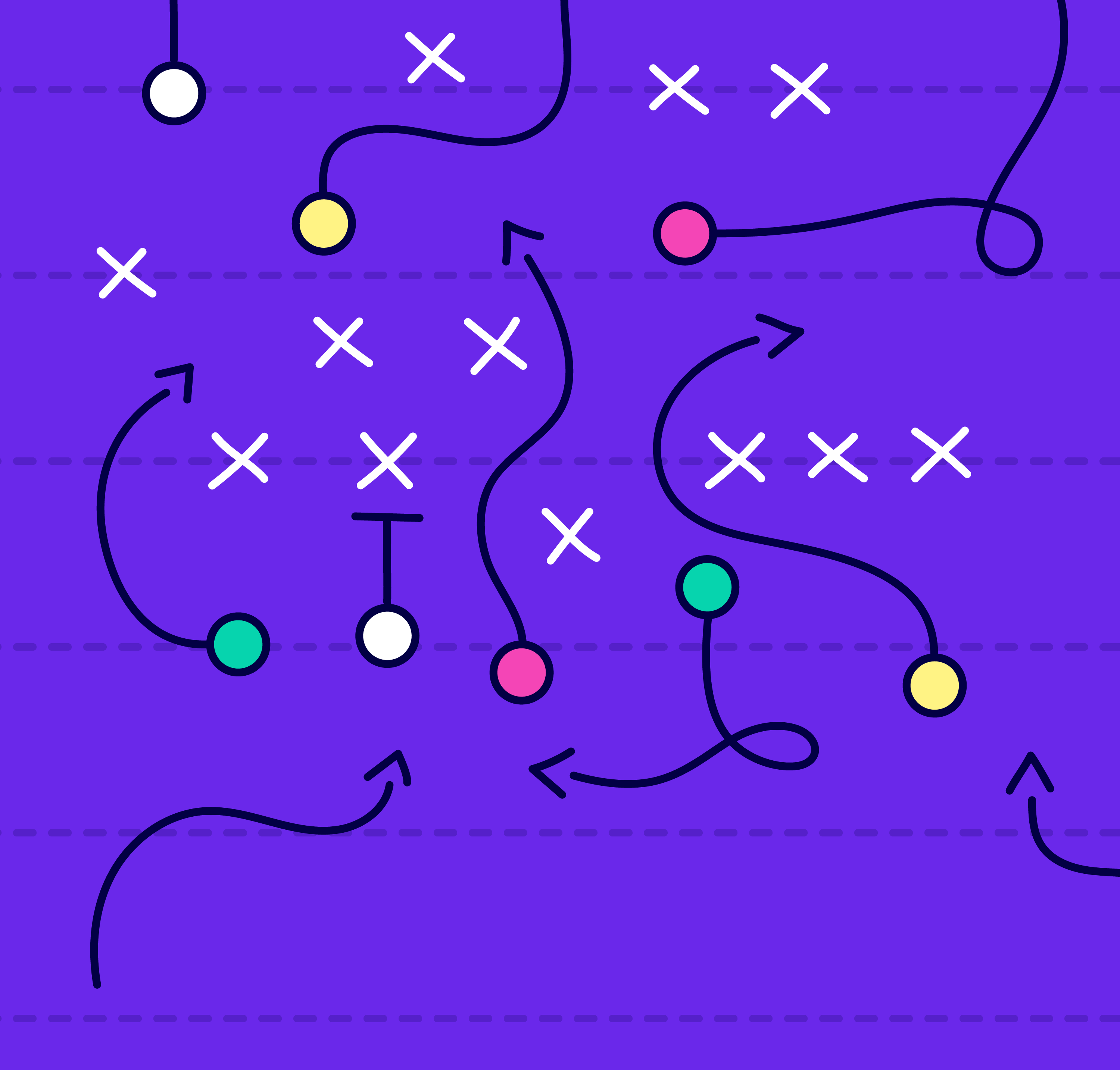
Articles
Why Documents Are The Worst Tool For Documentation
April 21, 2021

It's true - documents are hands-down the last tool you want to use for documenting your business (AKA process documentation). And while you're probably thinking, how can this be? Documents are overwhelming at best and total chaos at worst.
That's because old-school paper, Microsoft Word, and Google Docs might be great for drafting ideas and cross-team collaboration. But they're awful at capturing tribal knowledge and aligning your team. At the end of the day, that’s what documenting your business is all about!
Why you need to document your business
Documenting your business means one thing: consistency, consistency, consistency. Which, in turn, leads to your business finally scaling!
That's because when you document how you do things, you don’t just write down some random way to run the process. You write down the fastest, safest, and most cost-effective way to do things. And only that one way!
With it, you can then train your team to do things the same way. So, there's no more guessing at how to do things right. And if there is, you can hold your team accountable for it (that way, it doesn’t keep happening).
Plus, this lets anyone on your team step into any position. Because no matter the person's experience or skill level, they'll do it that one right way. And you'll get the same results every time!
👉 Spoiler: Trainual is the easiest way to keep your company's documentation all in one place. So, no one on your team is ever scrambling to find your company's need-to-knows. Try for free.
So, what’s so bad about documents?
Admittedly, documents seem like the obvious choice for documentation (after all, it’s right in the name). And at first, they'll seem like they do the job perfectly fine. But as your team grows and processes update, documents become a breeding ground for chaos.
Here’s our proof:
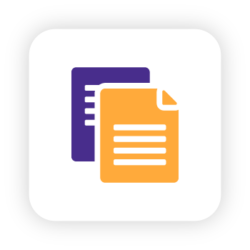
OG paper
Chances are good that old-school, printed manuals are super outdated. (If they're not, they will be soon.) And that they're sitting, unread, on a desk somewhere, gathering dust.
Every time you change how you do things, the whole thing has to be rewritten. Meaning, you need to draft it up, reprint it (which gets expensive fast), and redistribute new manuals that people still won't read.
And on the off-chance that someone does read it, you need to take all the old manuals out of circulation. Otherwise, you end up with 2 ways of doing things: the old process and the new one. And you can't control which way things get done.
But in most cases, your tribal knowledge is actually just scribbled-down notes that one team member gives to another. And you have no idea if the information is right or wrong.
Whatever that note says, though, the second employee has to assume is right. So, they run through the process using the note. And when they're done, they throw it out.
And if someone asks them later on how they did that process, they'll share whatever bits they can remember. So, you end up with this company-wide, inconsistent game of telephone.
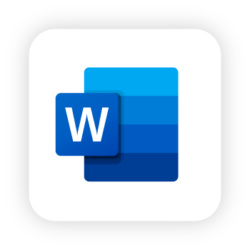
Microsoft Word
Word Docs get rid of the headache that comes with constantly reprinting your business playbook. But it doesn't get everyone aligned and accountable.
That's because you pretty much have 2 options: put everything in one Word Doc or split it up. One document feels more organized. But only until it's 30 pages and counting. And you realize people still aren't going to read it.
So, you decide to document your business in smaller, digestible chunks. Which (of course) ends up all over the place.
That's because instead of gathering dust, your documentation is now lost on people's desktops. Probably whoever edited it last. And unless you have a flawless system for tracking who made what edit when, the up-to-date version could be anywhere.
You might put in the effort to hunt it down, wasting a lot of time in the process. But I'll be real with you - your team probably won't put in that same effort. If they can't find it in roughly 2 minutes, they'll make up their own way or restart your game of telephone. And just like that, inconsistency is back in your business.
And you have no way to hold people accountable. Because all you know is who you sent the docs to. Not if they read it. Not if someone else sent them an outdated version after the fact, thinking it was the new way of doing things. Not if they’re doing it right.
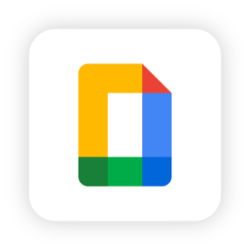
Google Docs
Because Google Docs is free, it's what most people start documenting their business with. But they find out quickly that you get what you pay for.
Like its predecessors, Google Docs doesn’t make keeping your team aligned and accountable any easier. In fact, it makes it a lot harder. Because once you create the content and share it with your team, your company's secret sauce becomes a free-for-all.
Unless you're camping out in the doc all day, you can't know if everyone has seen the doc - or even opened it.
You can't control who your team shares it with. So, one typo, and you accidentally share your secret sauce with a random person on the internet.
And anyone with editing privileges can make changes whenever. Meaning, a lower-level employee can update the doc to "their way of doing things." Even if it's not the best, safest, or most cost-effective way of doing things. And that's how people will learn that process moving forward.
Plus, when your processes improve and the doc gets updated, you start right back at square one. Because you need to make sure all the right people currently have access to the doc. Then, rally all of them to jump back in to review the content. Meaning, you spend a lot of time updating your team to still not know who knows what.
🔥 Tip: The Spiggle Law Firm ditched Google Docs for Trainual and finally got all their documentation in one place. Learn how!
So, if not documents, then what?
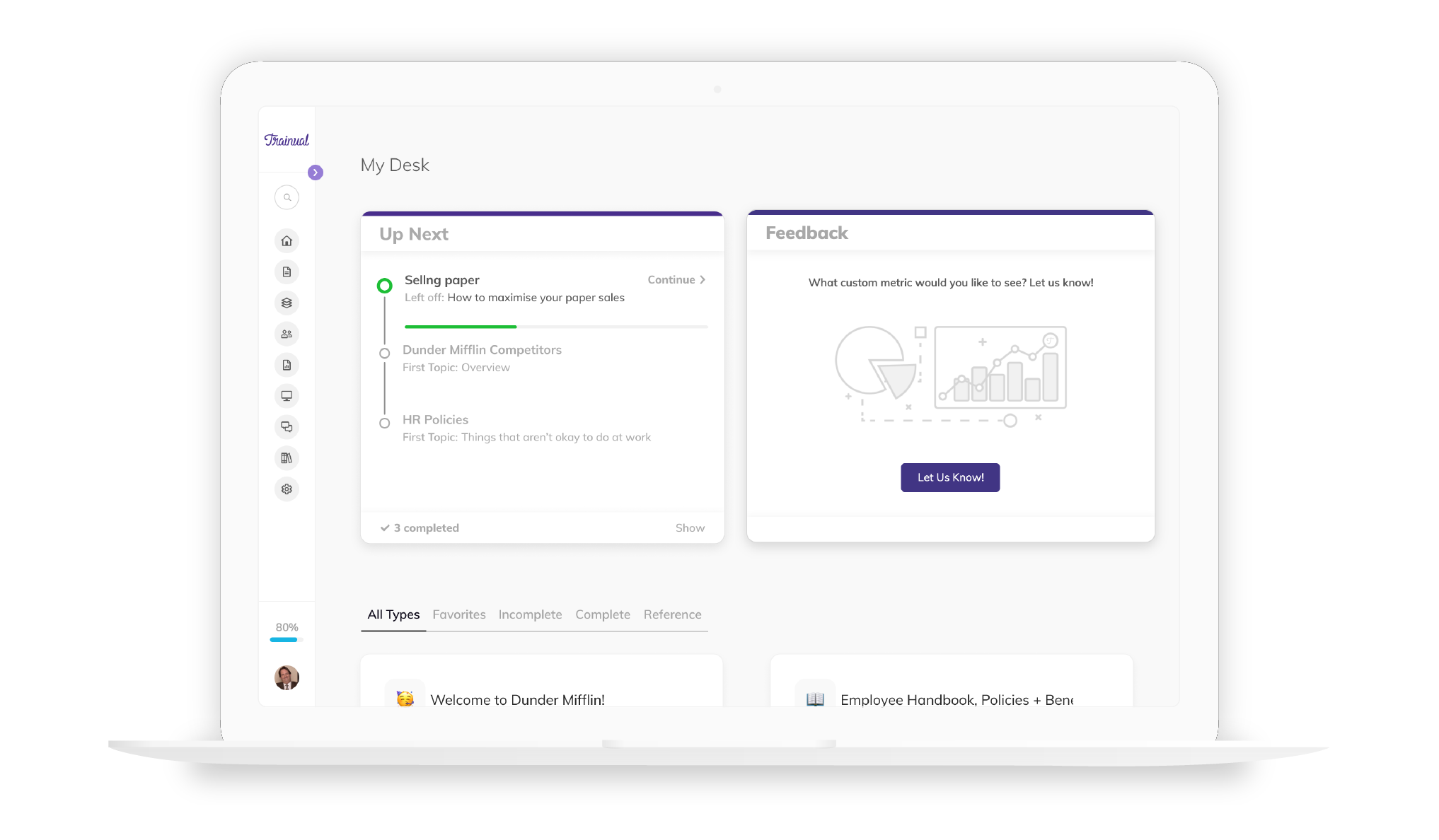
Trainual, of course! And no, we’re not biased. When it comes to documenting your business (and aligning your team with that documentation), Trainual is the #1 tool for small businesses, per G2.
That’s because Trainual makes creating content as easy as building it in Google Docs. (You can even add videos, GIFs, and more at the drop of a link.) But instead of housing your company knowledge all over the place, Trainual organizes it all in one, secure place.
So, you can assign content to the people who need to know it. They’ll get a notification (and automatic reminders) telling them they have training to do. And you can easily track that your team logs in and does it. Plus, you can even test to make sure that they understand what they just learned!
And when you need to update your content, simply drop in the edits. Your team will only see the latest version of your documentation. And Trainual will automatically notify any team member assigned the content, letting them know to go back through it.
That way, everyone actually logs back in and learns the new way of doing things. And everyone stays aligned and accountable. Because, finally, there are no excuses for your team not to have seen your company’s documentation!
Similar Blog Posts






.avif)
